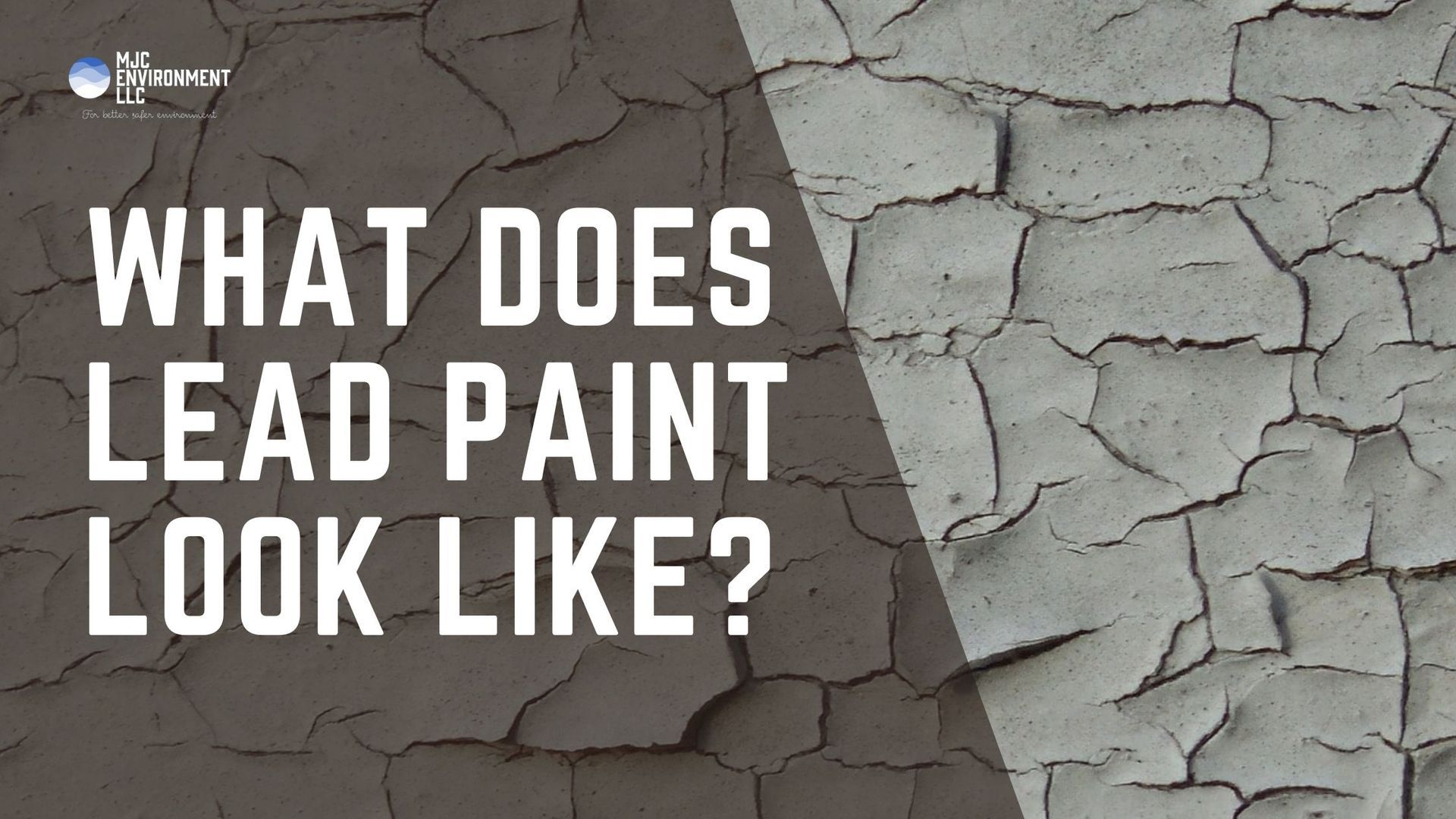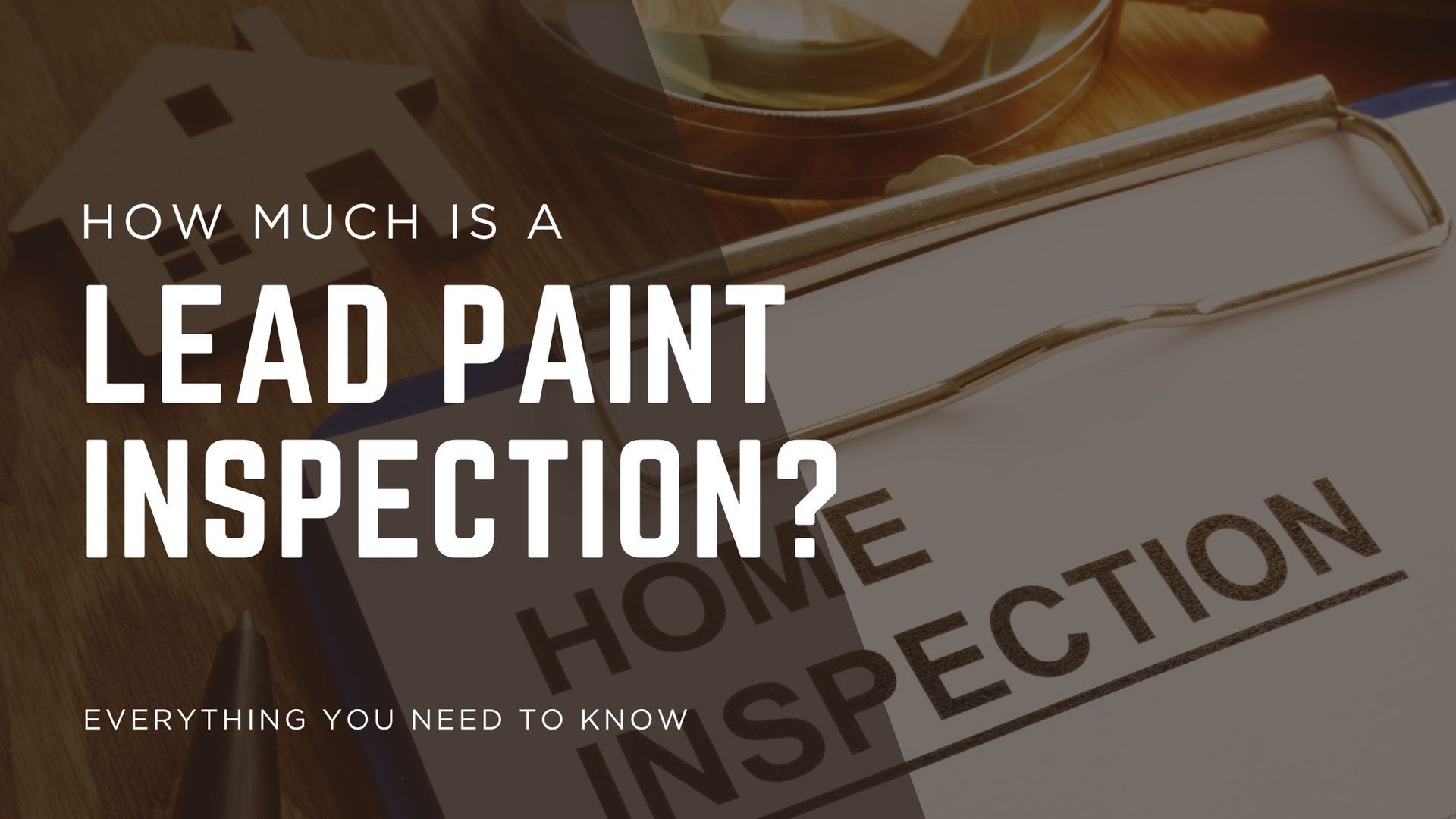How to Paint Over Lead Paint Safely?
Complete Guide to Encapsulation and Covering Lead-Based Paint

Painting over lead paint requires careful consideration and proper techniques to ensure safety and long-term effectiveness. Due to the toxic nature of lead-based paint, especially in older homes built before 1978, simply covering it with a fresh coat of regular paint is not enough to make a surface safe.
Instead, encapsulation, a method that seals the lead paint beneath a specialized coating provides a safer and more reliable solution to managing the hazard. This comprehensive guide will walk you through everything you need to know about how to paint over lead paint, including painting over lead paint on wood surfaces, addressing whether you should paint over lead paint at all, and other important safety tips.
What Is Lead Paint and Why Is It Risky?
Lead paint contains lead, a heavy metal that can cause severe health effects, particularly in children, pregnant women, and vulnerable adults. Lead exposure can result in developmental delays, learning disabilities, neurological damage, and other serious health problems.
Homes built before the 1978 U.S. ban on lead-based paint may still contain lead paint on walls, doors, windows, and woodwork.
According to the EPA Lead Information, over time, peeling, chipping, or deteriorating lead paint can release hazardous dust or chips into the environment, leading to dangerous exposure. Because of these risks, handling lead paint requires caution, regulation-awareness, and appropriate methods for repair or covering.
Does Painting Over Lead Paint Make It Safe?
A common misconception is that painting over lead paint by itself will eliminate the hazard. While painting can temporarily cover lead paint and improve the appearance, it does not make the underlying lead paint safe. This is because:
- Paint can peel, crack, or chip over time, exposing the toxic lead paint underneath.
- Normal paints do not seal or stabilize lead paint. Any disturbance—such as scratching, accidental damage, or deterioration—can release lead dust.
- Children and pets might still access exposed lead-containing paint chips if the paint job fails.
Therefore, painting over lead paint with regular paint only provides a cosmetic fix but does not reliably address the health risks.
What Is Encapsulation, and How Does It Help?
Encapsulation is a safer and often recommended alternative to full lead paint removal, which can be costly and labor intensive. Instead of removing lead paint, encapsulation involves applying a special coating or encapsulant that forms a durable, protective barrier over the lead-based paint.
The encapsulating coating is designed to:
- Bind and seal the underlying paint.
- Prevent lead dust from becoming airborne.
- Resist cracking, chipping, or peeling.
- Be flexible and long-lasting even with temperature fluctuations and surface movement.
Encapsulation is recognized by the EPA as a lead-safe method for managing lead-painted surfaces and is often preferable in homes where full abatement is impractical.
Should You Paint Over Lead Paint?
Whether you should paint over lead paint depends on several factors such as the condition of the existing paint, location, and your long-term goals for the property. Here’s how to evaluate:
- Good Condition: If the lead paint is in good, intact condition (no peeling, cracking, or chipping), painting over it with an encapsulant may be a safe and cost-effective option.
- Poor Condition: If the lead paint is peeling or deteriorated, simply painting over it is not safe or effective—you should either remove it via a certified professional or encapsulate the surface properly after cleaning and stabilizing.
- High Traffic Areas: Surfaces subject to frequent contact such as door frames or window sills may require more durable methods, as encapsulants may wear down over time.
- DIY vs Professionals: If you’re unsure or inexperienced, it’s often safer to hire certified lead professionals for assessment and treatment.
Painting over lead paint can be a reasonable solution if done correctly with appropriate safety precautions and right materials.
How to Paint Over Lead Paint: Step-by-Step Guide
Proper preparation and product use are critical in painting over lead paint.
Step 1: Test for Lead Paint
Before starting, confirm whether your surface contains lead-based paint. You can:
- Use an EPA-recognized home test kit available at many hardware stores.
- Hire a certified lead inspector for professional testing.
As advised by the U.S. Department of Housing and Urban Development (HUD), Never assume lead paint isn’t present in older homes,.
Step 2: Prepare the Work Area Safely
- Remove furniture, cover floors, and ventilate the space well.
- Seal doors and vents to contain dust.
- Wear personal protective equipment (PPE) such as an N95 mask, gloves, and goggles.
- Avoid sanding, scraping, or dry scraping as it releases hazardous dust.
Step 3: Clean and Repair the Surface
- Gently wash the area with a mild detergent and water to remove dust and dirt.
- Use a wet sanding sponge or chemical paint remover approved for lead paint if necessary.
- Repair cracks or holes to provide smooth surface.
Always use methods that minimize dust release.
Step 4: Choose the Correct Encapsulating Paint or Coating
Select a high-quality encapsulating paint specifically designed for lead paint. These often come with certifications or meet EPA guidelines.
- Do not use regular interior or exterior paint as an encapsulant.
- These coatings are thicker, more flexible, and designed to firmly bind lead paint.
Step 5: Apply the Encapsulant
- Apply at least two coats following the manufacturer’s instructions.
- Use brushes, rollers, or sprayers as recommended.
- Allow adequate drying time between coats.
- Inspect coverage and touch up as needed.
Step 6: Clean Up and Disposal
- Carefully clean tools with water or solvents as appropriate.
- Dispose of any lead-contaminated waste according to local regulations.
- Wash your clothes separately to avoid cross-contamination.
If you're dealing with lead paint in your home or property and want to ensure it's handled safely and effectively, trust the experts at MJC Environmental LLC. Our certified professionals specialize in lead paint testing, encapsulation, and abatement services to protect your family and comply with all safety regulations. Contact
MJC Environmental LLC today for a free consultation and take the first step toward a safer, lead-free environment.
Painting Over Lead Paint on Wood Surfaces
Wood surfaces such as baseboards, door frames, window sills, and furniture are common areas where lead paint may be present. Painting over lead paint on wood requires extra care:
- Wood surfaces may expand or contract with temperature/humidity, which can cause paint layers to crack.
- Use a flexible encapsulant designed to move with the wood.
- Repair any loose paint or wood damage before encapsulating.
- Avoid power sanding or aggressive scraping to prevent lead dust.
- When repainting with new decorative paint on top of encapsulant, use a primer suitable for wood, then finish with your choice of paint.
Wood surfaces can be safely painted over lead paint if encapsulation standards and wood-specific preparation are followed.
Covering Lead-Based Paint: Alternatives to Painting
If painting or encapsulation isn’t suitable, lead paint can also be managed by covering surfaces with new materials:
- Drywall or paneling: Install over the painted surface to isolate lead paint.
- Molding or trim: Replace or add new layers that cover exposed paint.
- Flooring: Laminate, carpet, or other flooring materials can cover lead-painted floors.
These approaches physically block lead paint exposure but also require care to avoid disturbing underlying paint during installation.
Health and Legal Considerations
- The EPA's Lead Renovation, Repair, and Painting (RRP) Rule requires certified contractors for work disturbing lead paint in pre-1978 homes.
- DIY homeowners should follow strict safety protocols to minimize exposure.
- Lead hazard control may involve inspection, risk assessment, monitoring, and air testing after encapsulation or other work.
Final Words on Painting Over Lead Paint
Painting over lead paint without proper encapsulation does not remove the health hazards. With adequate preparation, testing, and use of certified encapsulants, it is possible to safely manage lead paint surfaces by sealing them effectively. Wood surfaces may require special attention, and covering or removal may be appropriate alternatives depending on the condition of the paint and exposure risk.
For most homeowners, the safest course is to test for lead, consult local guidelines, and consider professional assistance to ensure lead hazards are controlled properly over the long term.




